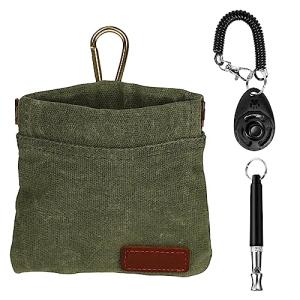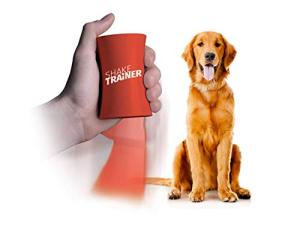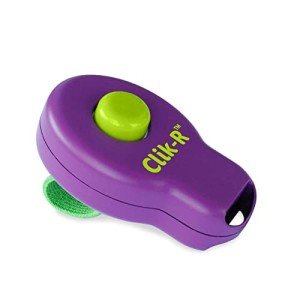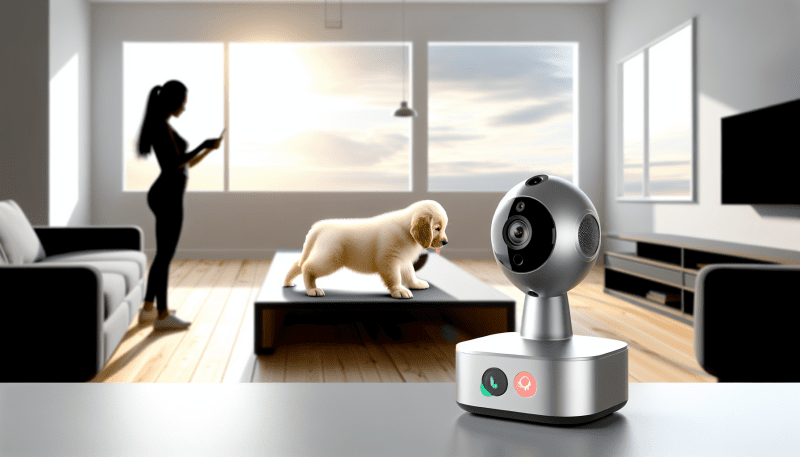Clicker training is a fun and effective way to teach your pet new tricks and reinforce good behavior. At its core, it's all about using a small device that makes a clicking sound to mark the exact moment your pet does something right. This positive reinforcement helps your furry friend understand what you want from them in a clear and straightforward way.
So, how does it work? Here are the basics:
Starting with clicker training is pretty straightforward. Choose a quiet space where your pet can focus, and keep your training sessions short and fun. Dogs and cats, just like people, can get bored or distracted if it drags on too long. Aim for 5 to 10 minutes a few times a day.
Overall, clicker training is about building a solid bond with your pet while encouraging good behavior. With patience and practice, your pet will be clicking their paws in no time!
Essential Tools for Effective Training
When you’re diving into clicker training, having the right tools can make all the difference. Here are a few essentials that can help you get started on the right foot:
With these essentials in your toolkit, you’ll be well-equipped to embark on your clicker training journey. Happy training!
Steps to Successful Clicker Sessions
Clicker training can be a fun and effective way to teach your pet new tricks and behaviors. Here are some simple steps to make your clicker sessions successful and enjoyable for both you and your furry friend.
1. Gather Your Supplies: Before you start, make sure you have everything you need. Grab your clicker, some tasty treats that your pet loves, and a comfortable space to work in. It’s a good idea to choose a spot that's free from distractions, so your pet can focus.
2. Keep Sessions Short: Pets, especially dogs and cats, have short attention spans. Aim for sessions that last around 5 to 10 minutes. This keeps the training fun and prevents your pet from losing interest or getting frustrated.
3. Start with Simple Tricks: Begin with basic commands or actions that your pet can easily understand. Things like “sit,” “shake,” or “come” are great starting points. When your pet successfully does the action, immediately click the clicker and give them a treat. This helps them make the connection between the action and the reward.
4. Be Consistent: Consistency is key in training. Always use the same command for the same action and be sure to reward your pet every time they get it right. This reinforces their learning and helps them feel more secure in what you’re asking them to do.
5. Have Fun! Remember, learning should be a joyful experience! Celebrate small wins with your pet and keep the energy high. If you notice they’re not enjoying it, take a break and try again later. Happy training!
Troubleshooting Common Training Challenges
Clicker training can be a fun and effective way to teach your furry friend new tricks or reinforce good behavior. However, just like any training method, you might run into some challenges along the way. Here are some common issues and how to troubleshoot them.
1. Your Pet Doesn’t Respond to the Clicker:
2. Your Pet Gets Too Excited or Distracted:
3. Your Pet Is Not Performing the Desired Behavior:
With a little patience and some adjustments, most training hiccups can be smoothed out. Remember, every pet learns at their own pace, so celebrate the small wins along the way!







